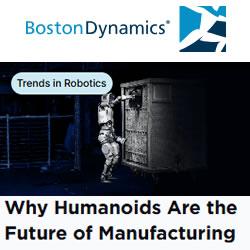DELTA TAU: POWER PMAC – Motion Control Innovation
Controlling the Advanced Technology Solar Telescope
The largest solar telescope in the world, with unprecedented abilities to view details of the sun, needed to have the most sophisticated control system available. The Advanced Technology Solar Telescope (ATST) project is expected to provide the sharpest views ever taken of the solar surface. Through the use of the ATST, scientists expect to learn how cosmic magnetic fields are generated and destroyed, and learn what role
The Telescopes optic support structure, which includes the mirror assemblies, is expected to weigh nearly 75 tons, the mount base nearly 90 tons, and the Coude rotator 160 tons. The 84-foot diameter enclosure will be thermally controlled, highly ventilated, and will be a co-rotating hybrid that has independent rotation when the telescope is positioned at zenith. The enclosure is where the controllers and much of the instrumentation will be located.
Control and Instrumentation Needs
Overall, the instrumentation would incorporate over one hundred motion actuators at the beginning-that number will grow as instruments are added to the system. While each individual actuator will have minimal impact on the ATST Coud© environment by itself, all of the motion control hardware taken together will be a dominant factor in the generation of heat and EMI inside the telescope enclosure. One critical area of consideration for motion control in the ATST was the expertise required to maintain multiple systems. If each area of control chose to use a different vendor for their motion controller, a tremendous burden would be placed on both the hardware and software maintenance personnel with respect to documentation, spare parts, periodic upgrades, maintenance of software code, and expertise in each of the systems.
Featured Product

Boston Dynamics Webinar - Why Humanoids Are the Future of Manufacturing
Join us November 18th for this Webinar as we reflect on what we've learned by observing factory floors, and why we've grown convinced that chasing generalization in manipulation—both in hardware and behavior—isn't just interesting, but necessary. We'll discuss AI research threads we're exploring at Boston Dynamics to push this mission forward, and highlight opportunities our field should collectively invest more in to turn the humanoid vision, and the reinvention of manufacturing, into a practical, economically viable product.
